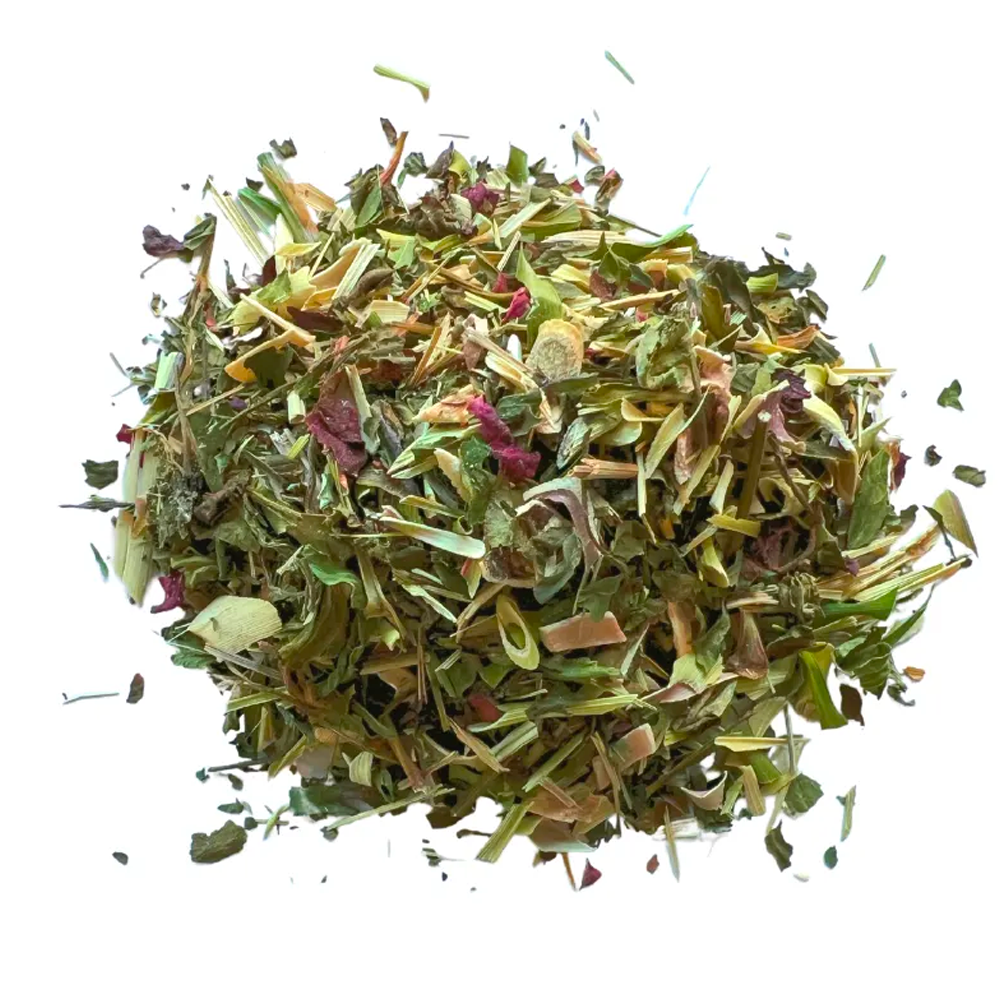In Hmong culture, it is customary for women to bind their stomachs for several weeks after giving birth. This involves tightly wrapping a long cloth, such as phuam ntxoom suab or hlab sev, around their midsection. However, for new mothers in refugee camps or less developed areas, access to the necessary resources and support can be challenging. In such circumstances, they may have to resort to using whatever materials they can find to bind their stomachs during the postpartum recovery process. This could mean using common items like a “sev” (a type of apron-like clothing) and securing it tightly with strings or ropes that are available.
While belly binding is commonly practiced in Hmong culture, it is not unique to them. Many other cultures also suggest or utilize belly binding for various reasons. This practice is thought to provide several benefits to new mothers, including supporting abdominal muscles and organs, reducing swelling, improving posture, and offering a sense of comfort and support.
The bekung wrap, also known as bengkung or belly binding, is a traditional postpartum practice in Malaysia. It involves wrapping the abdomen tightly with a long strip of cloth to support the abdominal muscles and organs, reduce swelling, and aid in the recovery process after childbirth. The wrap is typically made of cotton or muslin and is tied firmly around the waist and hips, from just below the ribcage to the hips. The wrapping is typically done daily for several weeks or months following delivery, depending on the mother’s preference and recovery process. The bekung wrap is also believed to provide a sense of comfort and support to new mothers during the postpartum period.
In traditional Chinese postpartum practice, women often wrap their bellies after giving birth. This practice is called “Zuo Yue Zi,” which means “sitting the month” or “confinement month.” It is a time when new mothers are encouraged to rest and recover from the stresses of childbirth. Belly binding is considered an important part of this recovery process and is believed to provide support to the abdominal muscles and organs, promote healing, and improve posture. The wrap used in Chinese postpartum practice is typically a long strip of cloth, often made of cotton or silk, that is tied firmly around the waist and hips to compress the abdomen
Here are additional reasons why belly binding is recommended:
- It helps to slim the ribcage, belly and hips.
- Pulls in the separated abdominal muscles (diastasis recti) back together.
- It’s an ancient traditional natural way of healing after birth.
- Helping the body regain its pre-pregnancy shape: Due to water + air retention, pelvic expansion, and larger organs (such as the uterus returning to its original size), belly binding supports the body in returning to its previous state.
- Pelvic + Back support: supports good posture in walking, sitting, and even the dreaded “nursing slouch”.
- Prevents excessive postpartum bleeding while keeping the uterus in a contracted position.
- Gives support to the womb after birth
- Speeds up the healing process of the uterus and provides a cleansing of blood clots
- Helps to reduce common back and shoulder pain associated with nursing by improving posture
- Helps to tone up your abdominal muscles and shape your hips after childbirth
- Relieves muscular and tendon tension throughout the torso
- Improves circulation
- Excellent support after surgical births (wait 1-2 weeks to allow proper oxygen to the wound for healing)
It can be overwhelming to choose a belly binder for postpartum recovery with so many products available and numerous “great reviews”. The ideal wrap should be comfortable, mobile, and still perform its intended function. Here are some recommended belly wraps for you to consider:
Belly Bandit – Original Postpartum Belly Wrap: This flexible wrap is ideal for the first few days post-delivery, allowing easy movement and sitting. It is not bulky when worn under clothes.
HOPLYNN Neoprene Sweat Waist Trainer: This waist trainer also doubles as a tummy wrap. It is adjustable, lightweight, and flexible, promoting sweating and good posture.
2 in 1 Postpartum Support Recovery Belly Wrap Waist/Pelvis Belt Body Shaper: This wrap covers from the rib cage down to the lower hips, making it perfect for pelvic realignment after delivery. It may be a bit uncomfortable, but it does its job well.
In addition to all the physical benefits of binding your stomach, many people believe that belly binding can also have emotional and psychological benefits, as it can help new mothers feel more connected to their bodies and their babies. Whether you choose to bind your belly after childbirth or not is ultimately a personal decision, and it is important to consider your own preferences and needs.











